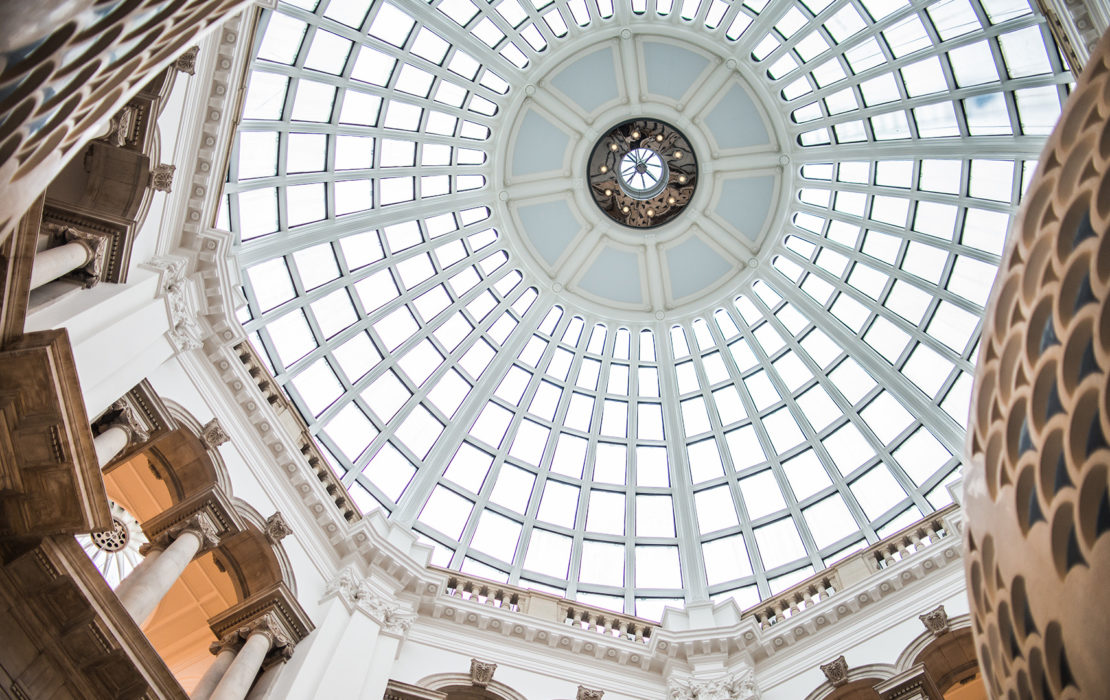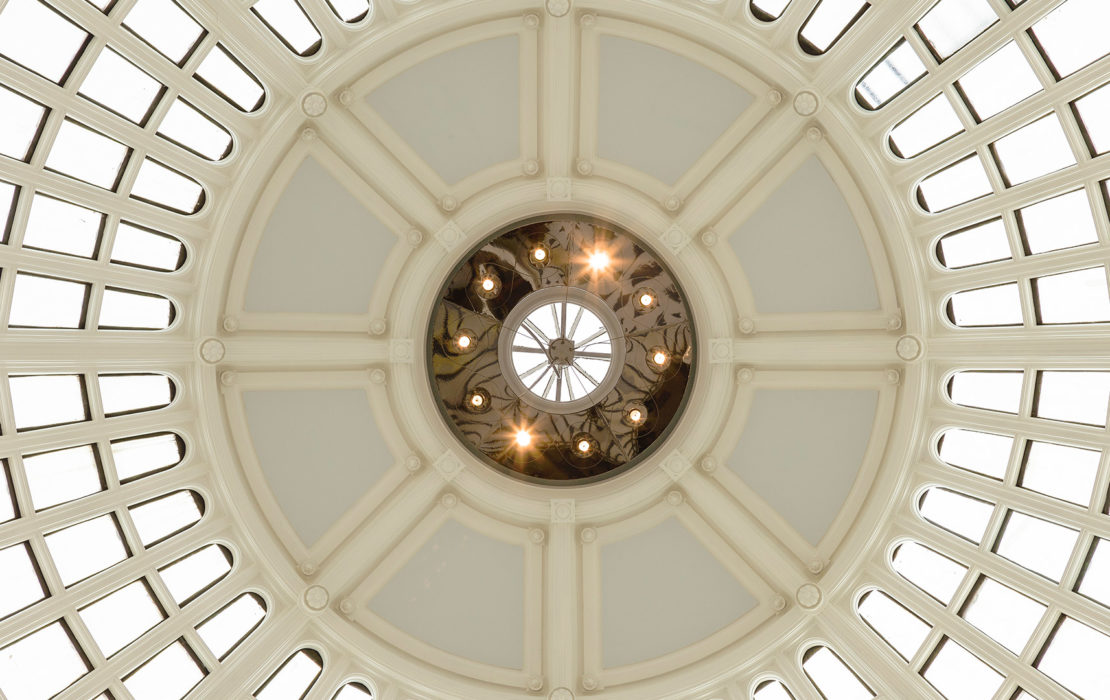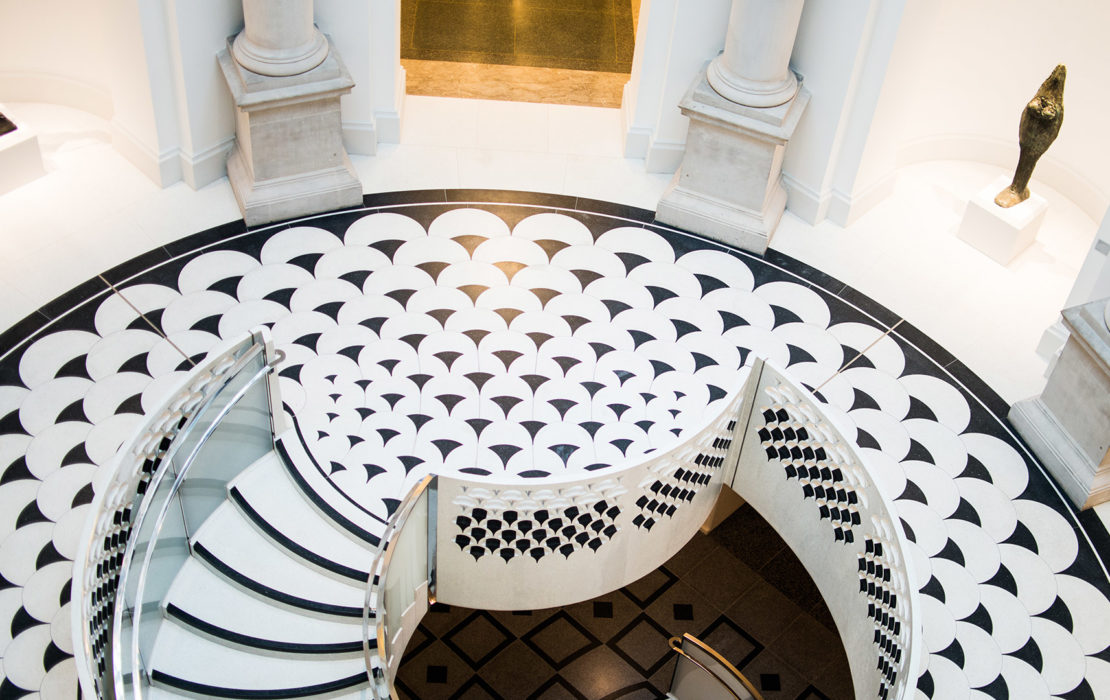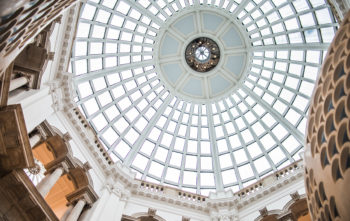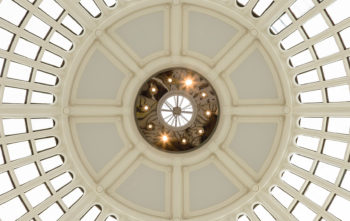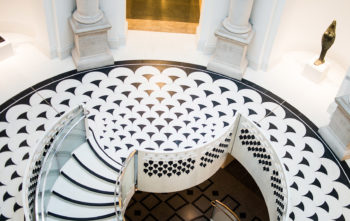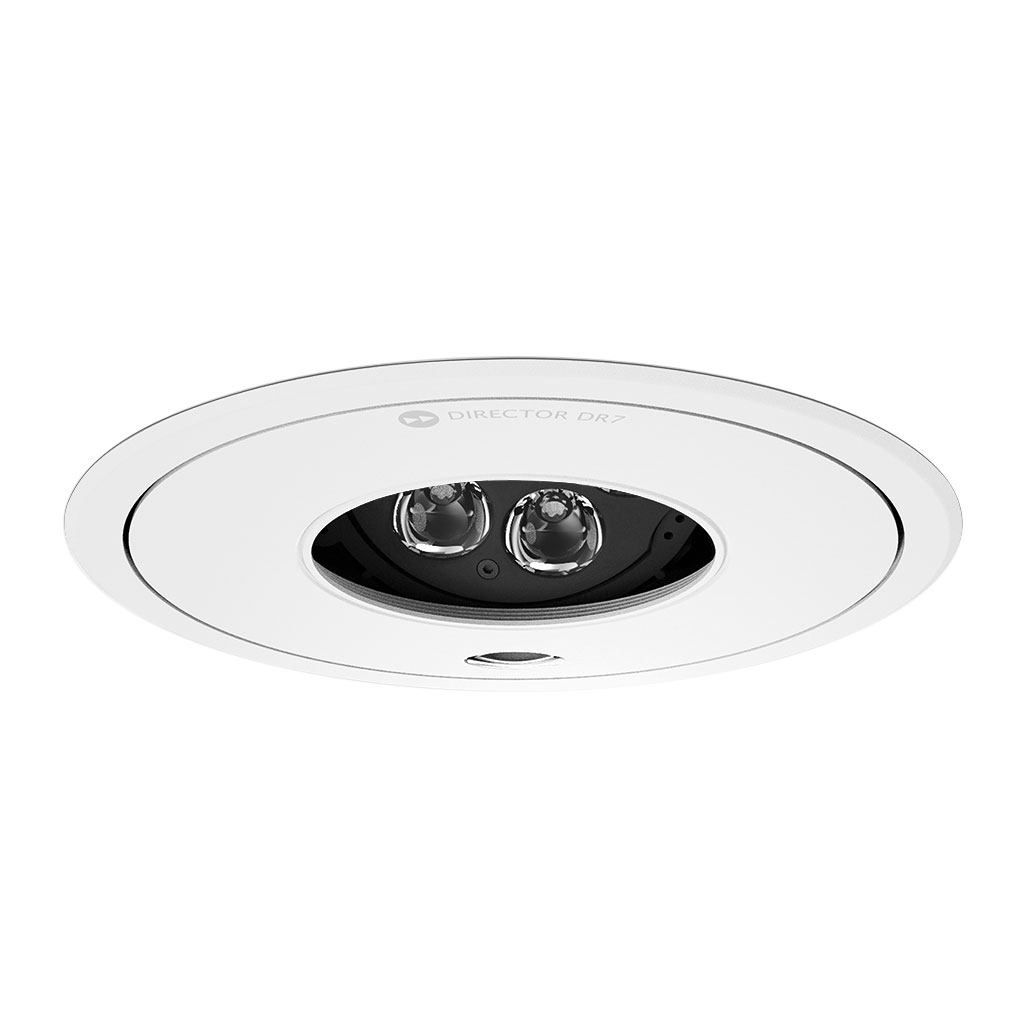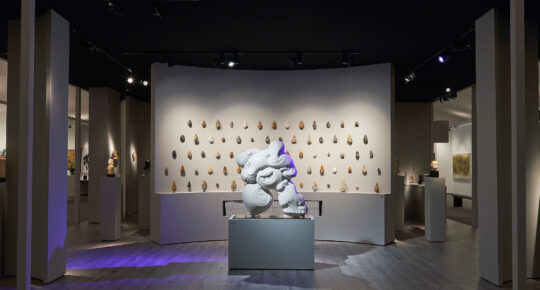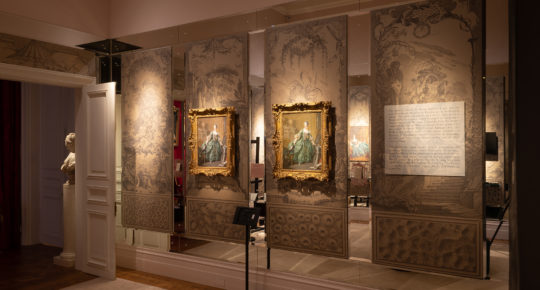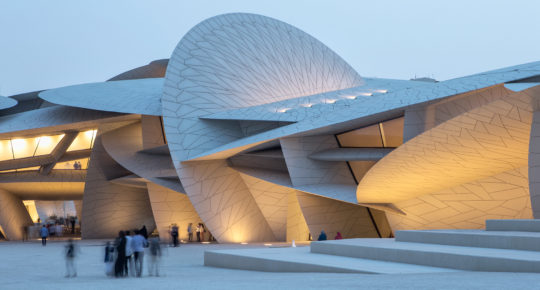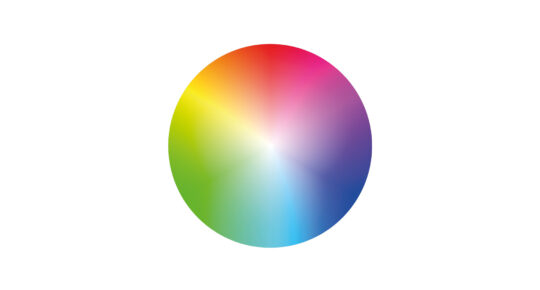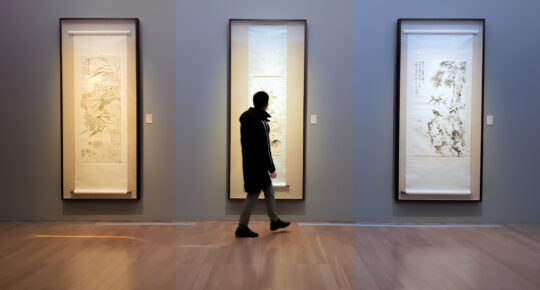Tate Britain Rotunda
London
Lighting Design & ArchitectCaruso St John
Engineering ConsultancyMax Fordham
Products used
In 2011, the Tate Britain began a multi-stage refurbishment process, which is to be delivered in a series of phases over the next twenty years and will see a complete transformation of the historical site. In 2014, the initial phase of the development renovated the oldest part of the building, including the Millbank Entrance, the Rotunda and the galleries in the south-east quadrant.
The Grade II-listed building has been transformed by architect Caruso St John and engineering consultancy Max Fordham. The £45 million project includes bringing carefully-controlled levels of increased daylight into galleries, reopening the main entrance and creating access to the rotunda. Circulation spaces around the rotunda have been opened up, helping to create new public amenities, with stairs and lifts linking all the levels and new facilities for members at the upper level. The stairs, spectacularly tiled in an art deco pattern of monochrome terrazzo, spiral beneath the rotunda whose circular balcony had been closed to the public since the 1920s but now leads to a members’ bar and cafe.
The dome of the rotunda houses a specially-made chrome chandelier containing 10 trimless Director DR7 spotlights, supplied by Remote Controlled Lighting. Its position and height made remote control of the luminaires essential for adjustment.
Carefully-lit sculptures inhabit the four arched alcoves at the sides of the landing. They are picked out by the DR7s, while the lighting in the niches themselves is balanced with fittings from RCL’s sister company, Precision Lighting.
Max Fordham engineering partner Jane Jackson explained that,
“The main entrance and the foyer needed lighting that was discreet and functional. Remote controlled lights enabled us to light the space from a high level without needing access points at great height. The chandelier’s design and position in the dome means that it does not interrupt any natural light. The luminaires have a narrow beam, which was crucial to lighting the alcoves from a distance. Halogen was chosen as a source for color temperature and because the chandelier provides emergency lighting. The spotlights within the alcoves were easy to conceal and provide lighting at additional angles to help illuminate the sculptures.”
The rotunda at the Tate Britain is an excellent example of how remote controlled luminaires offer a practical solution to lighting spaces with limited access. 10 DR7 luminaires were selected for the specially-made chrome chandelier due to their discreet design and innovative tilt mechanism, which ensure no physical components break the ceiling line. Specifying RCL spotlights allows the fittings to be aimed precisely from ground level using RCL’s wireless handheld controller. RCL’s patented “Select & Direct” system – which allows lights to be adjusted in pan, tilt and dim level – also provides the designers with an opportunity to adjust the intensity of each of the DR7s individually, to ensure that the light levels are uniquely tailored to each object. Custom chrome bezels were added to the fittings, providing seamless integration into the chandelier.
Images courtesy of Krish Nigari and Duncan Lawson.
